New Mercedes-AMG SL 43 features engine with electric exhaust gas turbocharger derived directly from Formula 1
Green Car Congress
MAY 23, 2023
liter turbocharged M139 engine featuring an electric exhaust gas turbocharger. The turbocharger is operated via the 48-volt electrical system, which also feeds the belt-driven starter-generator (RSG). An electric motor around 1.6 Under the hood of the open-top 2+2-seater is an AMG-enhanced 2.0-liter

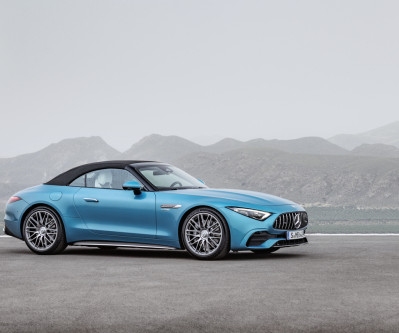

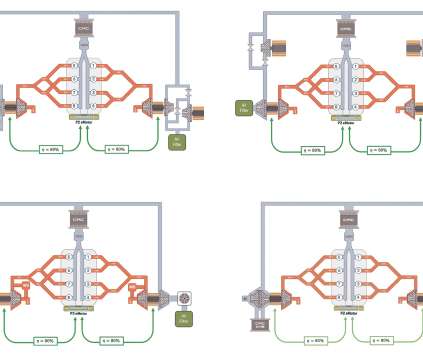



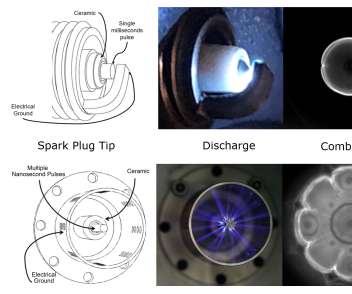







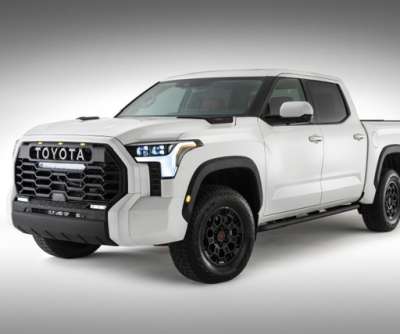


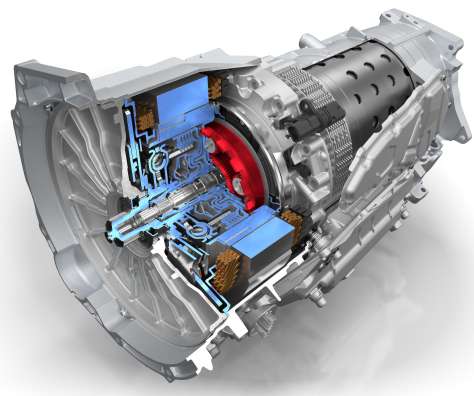





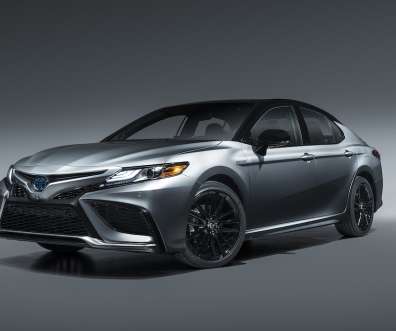





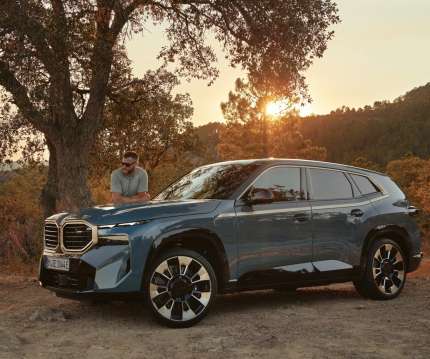
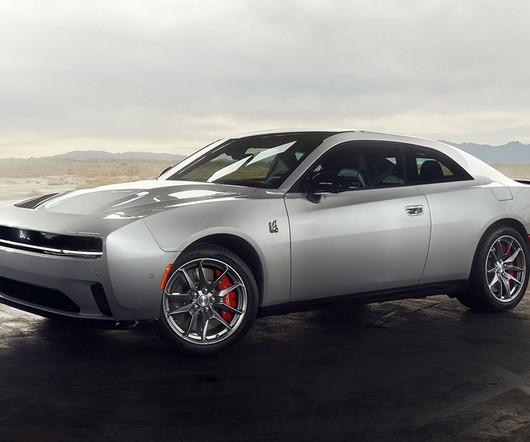


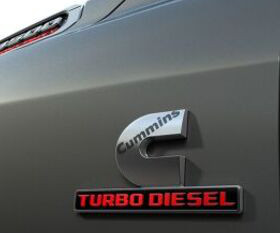







Let's personalize your content